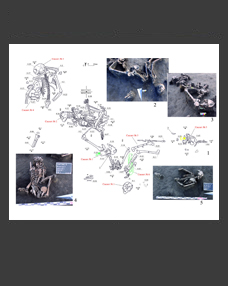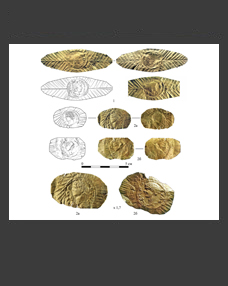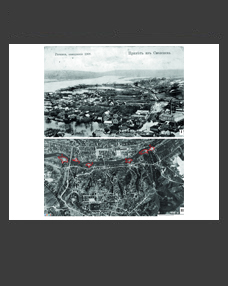Konstantin M. Andreev1,*, Maksim A. Burygin1,**, Anna S. Aleshinskaya2,***, and Natalya V. Roslyakova1,****
1Samara State Social and Pedagogical University, Russia
2Institute of Archaeology RAS, Moscow, Russia
*E-mail: konstantin_andreev_88@mail.ru
**E-mail: burigin.maxim@yandex.ru
***E-mail: asalesh@mail.ru
****E-mail: roslyakova_n@mail.ru
Keywords: the forest-steppe Volga region, Mesolithic, flint goods, archaeological pottery, the final Bronze Age, the Maklasheyevka culture, radiocarbon dating, palynological analysis, archaeozoological definitions.
The article introduces the results of studying the Chekalino II site (Sergievsk District of Samara Region) in 2021 and discusses the characteristics of data obtained with natural science methods. The location of the site and the history of its study are presented. The authors describe stratigraphy of the site and the results of palynological analysis of the cultural layer. Detailed information about the categories of lithic inventory is provided with an emphasis on the tool set. The characteristics of the pottery collection are given. Based on radiocarbon dating, the study established chronological framework of functioning of the complexes. The analysis of the flint collection and absolute age data made it possible to determine the position of the site in the system of Mesolithic antiquities of the region. Typological, radiocarbon and archaeozoological results provide information about the period of residence of the final Bronze Age population and its economic activities.
DOI: 10.31857/S0869606324030024, EDN: XAJXMF







